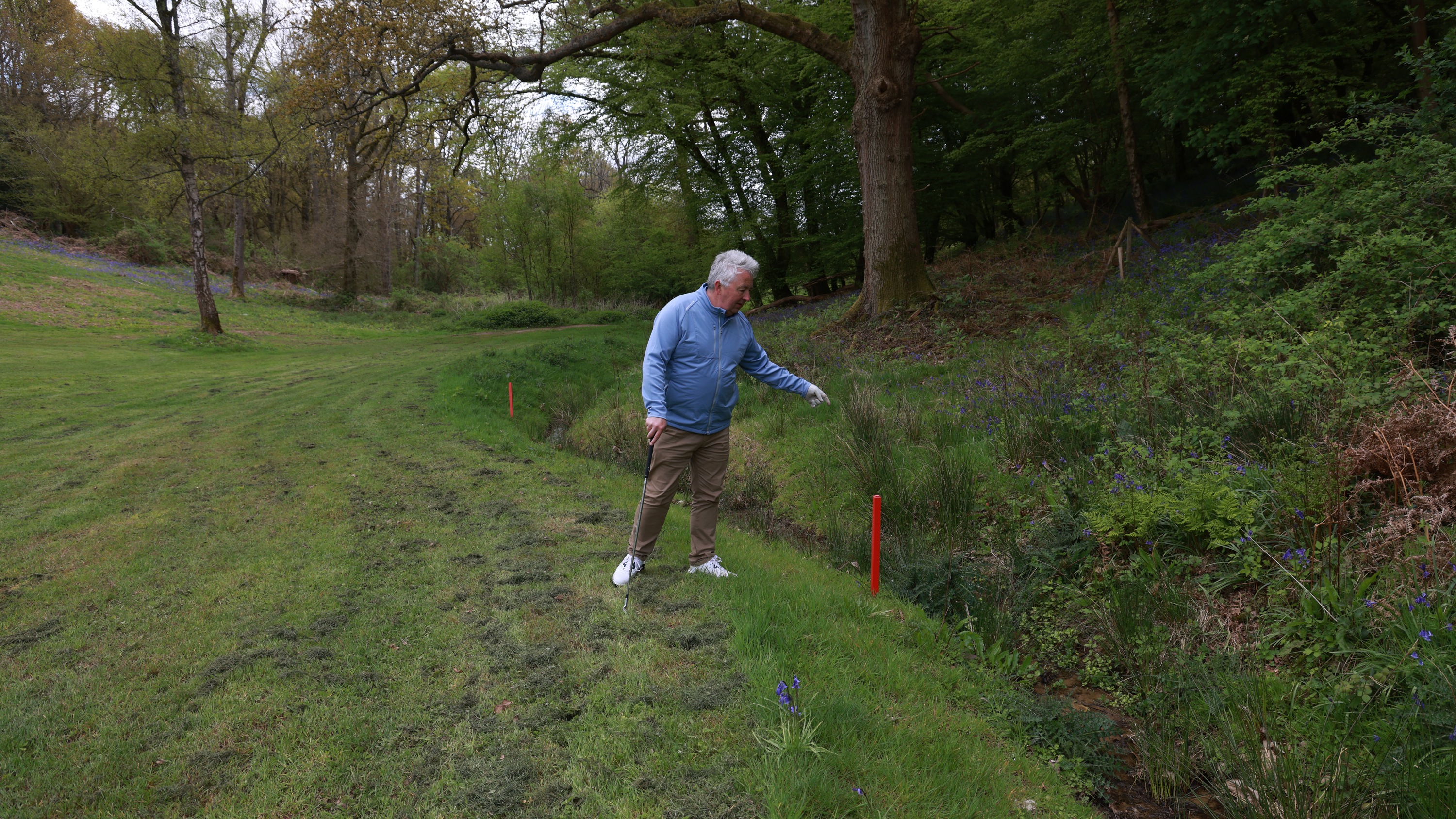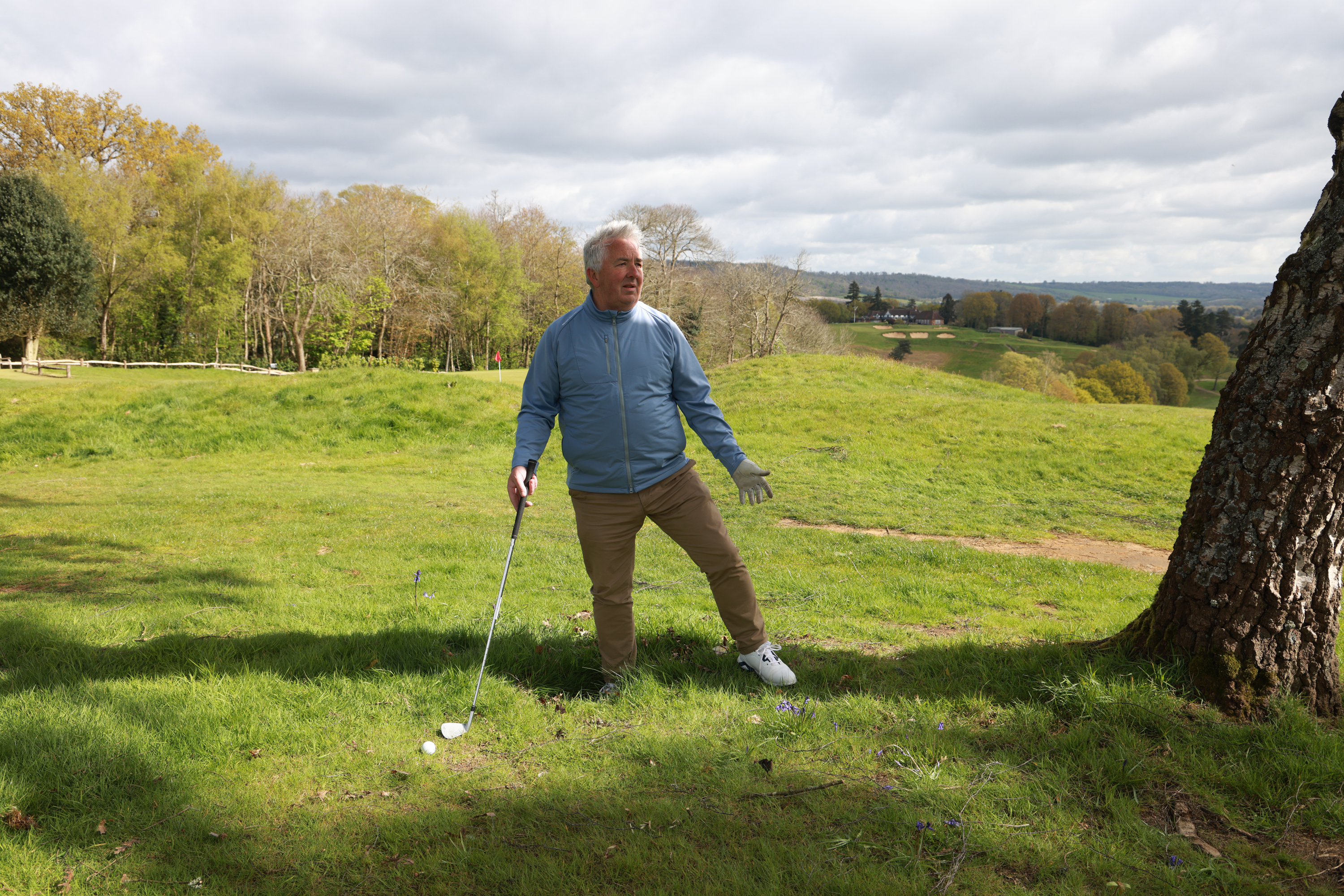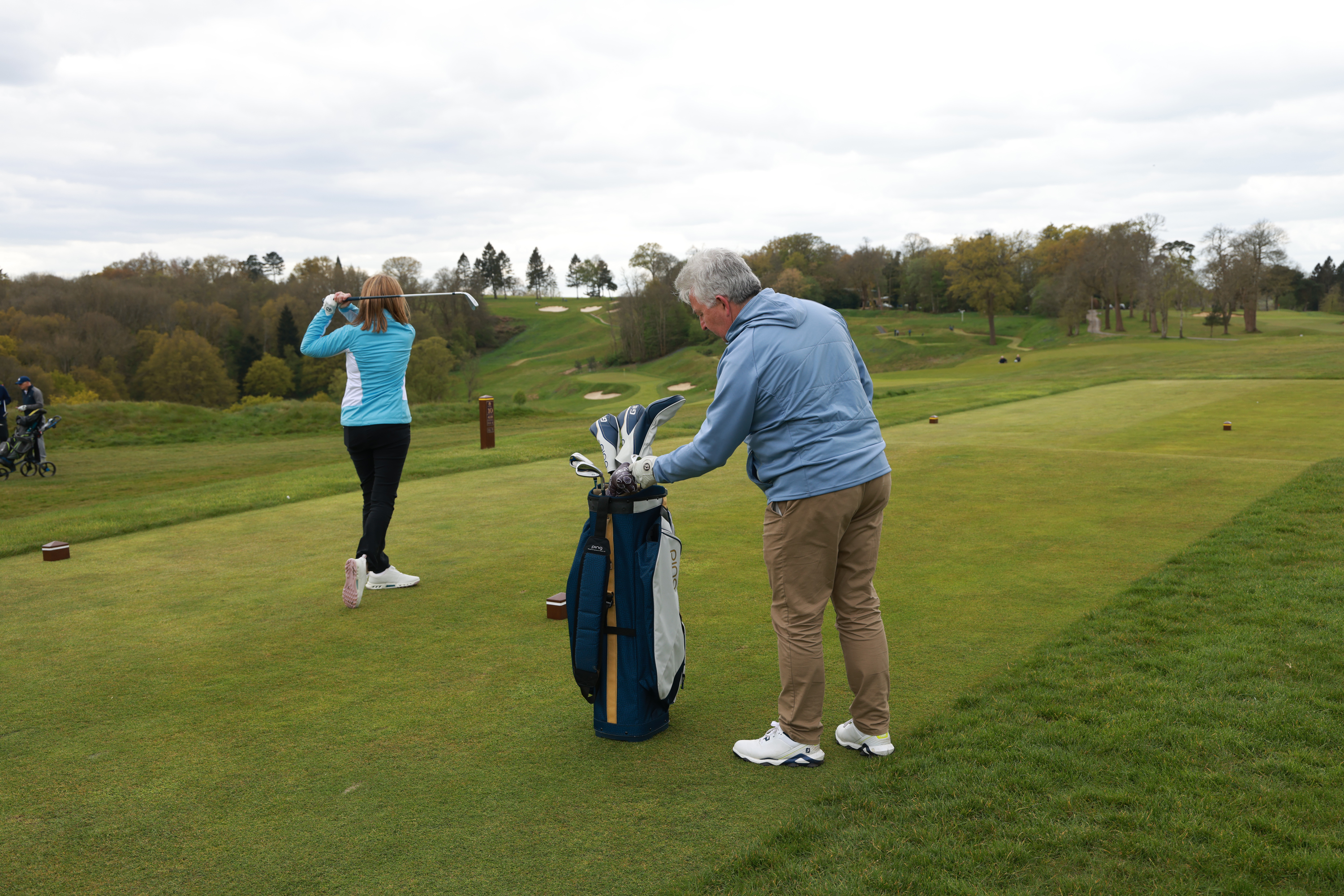
Some strange things have happened on golf courses over the years and the Rules need to be comprehensive enough to cover myriad scenarios. Even experienced rules experts sometimes encounter a situation that can be confusing. No matter how strange the situation though, there will be a rule to guide you in the right direction.
Here we consider three key rules fundamentals that might at first glance appear confusing but, if you know how to interpret them, they can help you avoid making rules mistakes.
Taking relief from an abnormal ground condition or immovable obstruction – Is it unreasonable?

Rule 16.1 deals with relief from abnormal ground conditions, including immovable obstructions. 16.1a(3) says there is no relief when it’s clearly unreasonable.
But clearly unreasonable is a term which would be up for debate and one where, in amateur golf, if no referee is present, players will have to display integrity and honesty.
So, if your ball is in a bush where you can’t even get to it, let alone make a swing at it – It’s clearly unreasonable that you would be entitled to relief from, say a drain cover.
If you’re making some sort of ludicrous stance to try and get your foot on a sprinkler head or down a rabbit hole, playing in a different direction to the one you would normally, and taking a different club from the one you’d normally use, it’s clearly unreasonable to expect free relief.
What you have to say is – If this immovable obstruction wasn’t here. How would I be addressing this ball? What shot would I be playing? If the immovable obstruction doesn’t interfere with lie, swing or stance when you simulate that situation, it’s clearly unreasonable for you to take relief.
Advice – Look but don’t touch.

Rule 10.2a says a player must not give advice to anyone in the competition who is playing the course nor ask anyone for advice other than their caddie (or a shared caddie).
Advice in the definitions of the Rules is – a comment or action that influences a player in choosing a club, making a stroke or deciding how to play a hole (or round).
There’s a general penalty of two shots or loss of hole for a breach of that rule.
There’s no penalty if a player gets unsolicited advice from someone other than the caddy (a spectator for instance.) But, the player must try to stop that same person from giving further advice. If they continue to get advice and don’t try to stop them, they breach 10.2a.
A player must not (10.2a) touch another player’s bag or clubs to see what club they are using. But they are allowed to have a look without moving or touching anything….
You can’t hold up your club after hitting to show a playing partner what you hit.
You can’t ask your playing partner what club they are taking on a par-3, but you can ask what club they took on a hole earlier in the round that was of a similar length. Plenty to be careful of there!
Known or virtually certain – what is virtually certain?

This is a term that comes up frequently in the modern Rules. It’s the standard for deciding what has happened to a player’s ball. For example, has it gone in a penalty area? Has it moved? What caused it to move?
Known is a definite term, nothing vague about it. If the player or another person saw for sure what happened to a ball it is known.
But virtually certain is tricky. It’s defined in the Rules as, being at least 95% likely that what is thought to have happened, has happened. If a slope runs away to a red penalty area for instance and the ball headed that way, crested the brow and is now nowhere to be seen, it’s fair to say that at least 9.5 times out of 10, that ball would have run away into the red penalty area and that’s where it now is. Could one in 20 times it have stopped on the slope, been picked up by a passing fox and taken as a prize? There’s far less chance than that, so it’s virtually certain it’s in the penalty area.
On the flip side, say a ball looks like it will be fine from a tee but then can’t be found and nobody’s seen anything, or anybody touch it. In this case, is it fair to say that 9.5 times out of 10 a passing fox or other outside agency would have picked it up as a prize? No. It’s not virtually certain then. So, ater a three-minute search time, the ball would be lost and it’s time to go back and play again under penalty of stroke and distance.



!["[T]he First and Fifth Amendments Require ICE to Provide Information About the Whereabouts of a Detained Person"](https://images.inkl.com/s3/publisher/cover/212/reason-cover.png?w=600)



